A Step-by-Step Guide For Storing Your Bike This Winter
I know most of us here in the Okanagan enjoyed this extended riding season, but now that the snow's flying it's time to give your trusty bike the attention it deserves to ensure it's in top shape for spring. Properly storing your bike over winter can prevent rust, seizing, deterioration, and unnecessary wear. Here's a step-by-step guide to winterize your bike and make sure it's ready to hit the trails come spring:

1. Degrease the Drivetrain and Wash the Bike
Start by giving your bike a thorough clean. Begin with the drivetrain – the chain, cassette, and derailleur. Use a reliable degreaser to break down built-up grime and grease. Afterward, wash down the entire bike with a gentle bike cleaner such as the Godfathers Garage High Performance Bike Wash with specialized brushes from Pedro's. Pay attention to hard-to-reach areas, ensuring no dirt or salt residue is left behind.
2. Grease Key Components
- Alloy Seatpost:
For bikes with alloy seatposts, apply a thin layer of grease to prevent corrosion and make future adjustments easier. It's a small step that can save you from the frustration of a seized seatpost.
- Headset:
Clean, degrease, and regrease the headset. This will ensure smooth steering and prevent any grit or moisture from causing damage during the storage period.
- Bottom Bracket:
Extend the life of your bottom bracket by cleaning and regreasing it. This will keep the bearings in good condition and reduce the risk of corrosion.
3. Lubricate the Drivetrain

After degreasing, it's essential to lubricate the drivetrain components. Apply a quality lubricant to the chain, cassette, and derailleur pulleys. Rotate the pedals to ensure the lubricant penetrates all the moving parts. This step prevents rust and ensures your drivetrain is ready to roll when you take your bike out of storage.
4. Keep Tires Inflated
Maintain proper tire pressure to prevent flat spots and ensure the tires stay in good condition. Check the manufacturer's recommended tire pressure and inflate accordingly. If you have tubeless tires, ensure they are sealed properly to prevent air leakage during storage, and prepare to replace the sealant in the spring.
5. Store in a Dry Environment
Choose a dry storage location for your bike to prevent moisture-related issues such as rust. Avoid leaving it outside or in a damp basement. If possible, use a bike cover to protect it from dust and debris.
Bonus Tips:
Suspension Care:
-
Suspension Care: For bikes with suspension forks or rear shocks, check the manufacturer's recommendations for winter storage. Some may recommend leaving the suspension fully extended to reduce stress on internal components. Consider applying a light coating of suspension-specific lube to stanchions to prevent seals from drying out.
-
Battery Maintenance: If your bike has an electronic shifting system or an e-bike, remove and charge the battery before storage. Store it in a cool, dry place.
-
Regular Check-ins: Periodically check on your bike throughout the winter. Ensure the tires remain adequately inflated and that there are no signs of rust or damage. If feasible, move around the bike a little bit and spin the drivetrain to avoid tire flat spots and ensure even distribution of drivetrain lube.
Remember, proper storage is an investment in the longevity and performance of your bike. With these additional tips, you'll go the extra mile in preserving your two-wheeled companion for a trouble-free return to the road when the cycling season resumes. Happy storing!



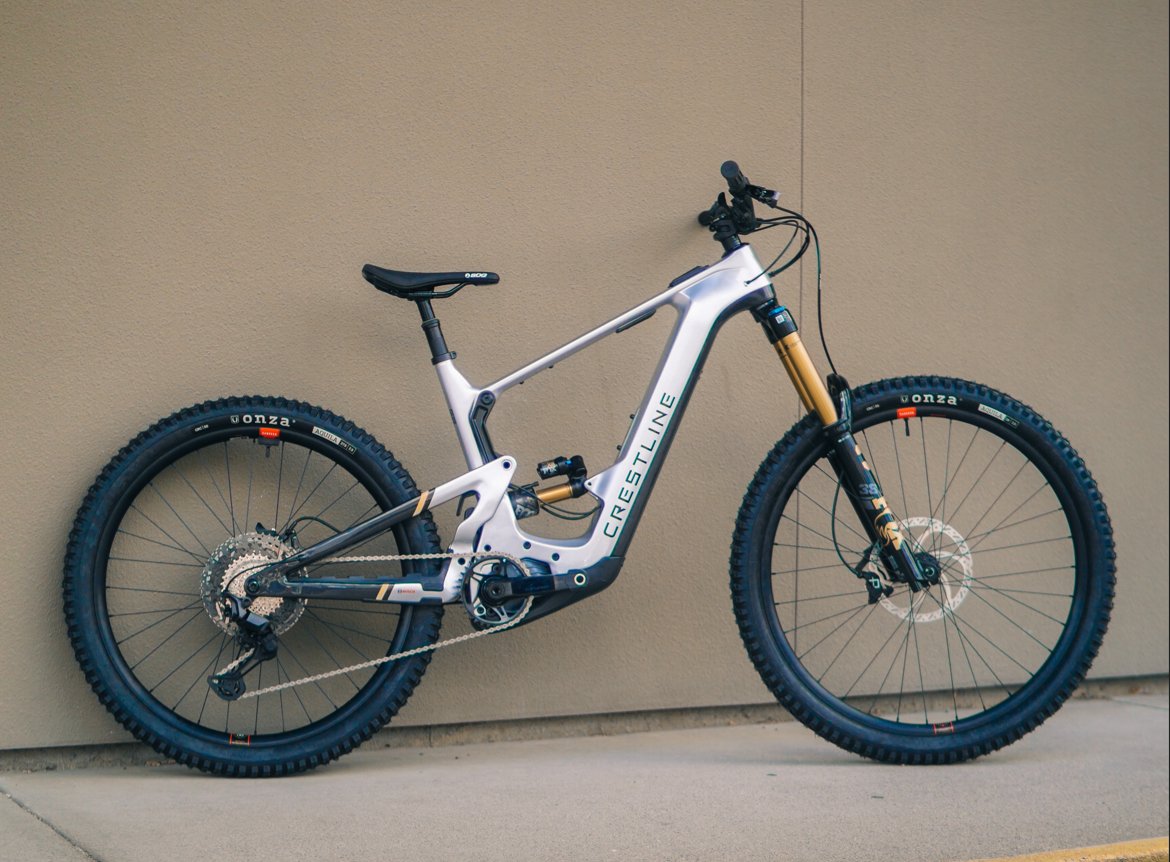
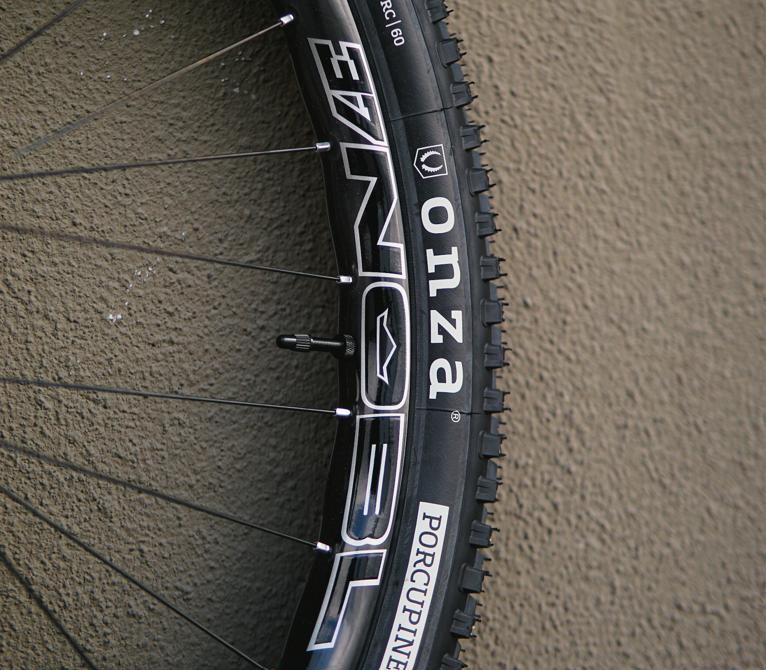
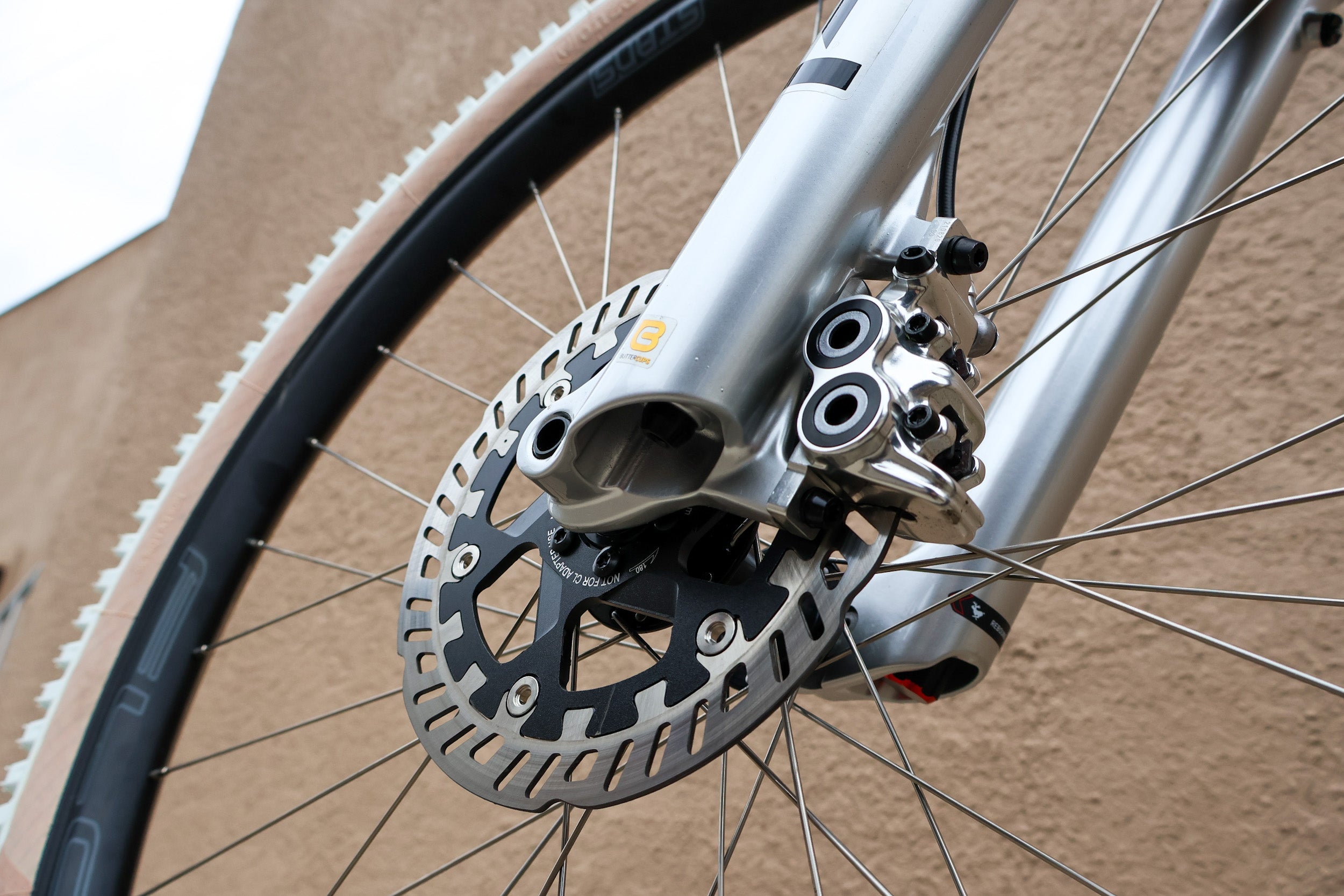

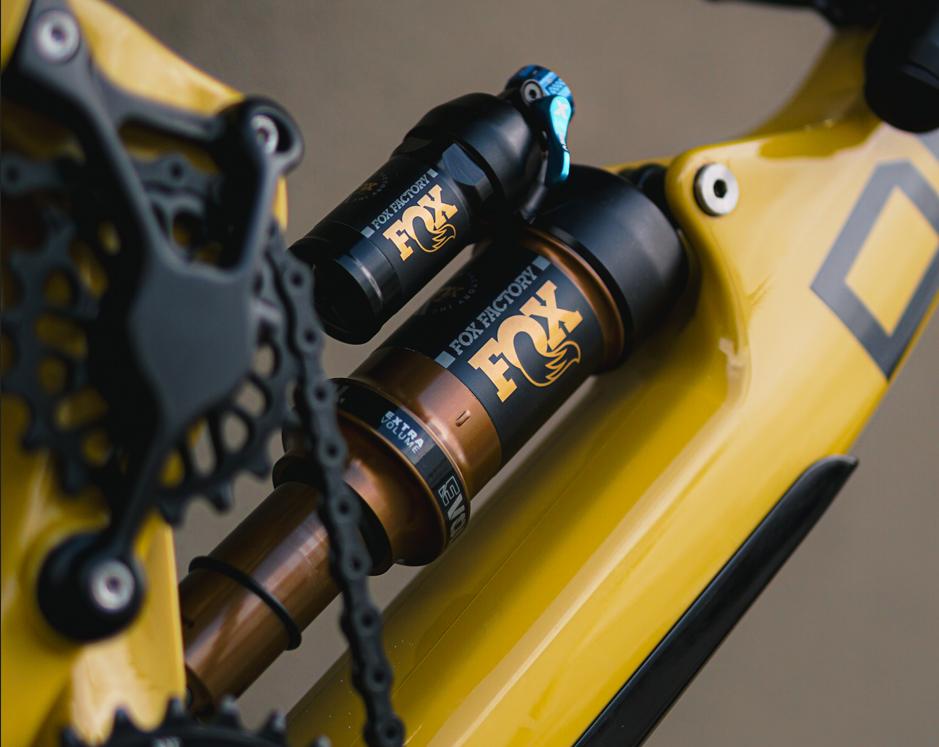
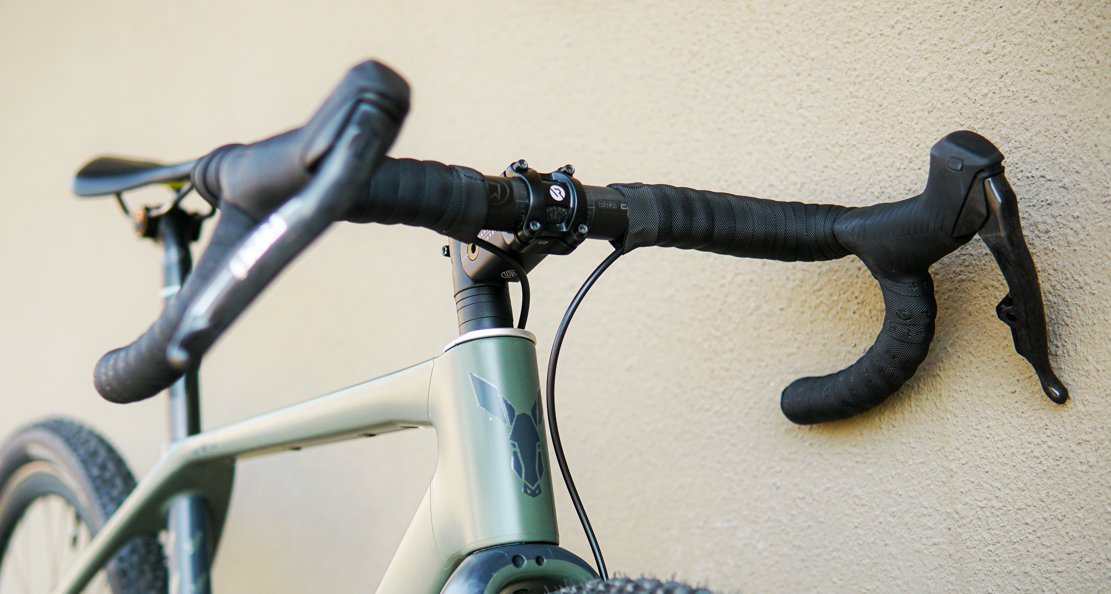
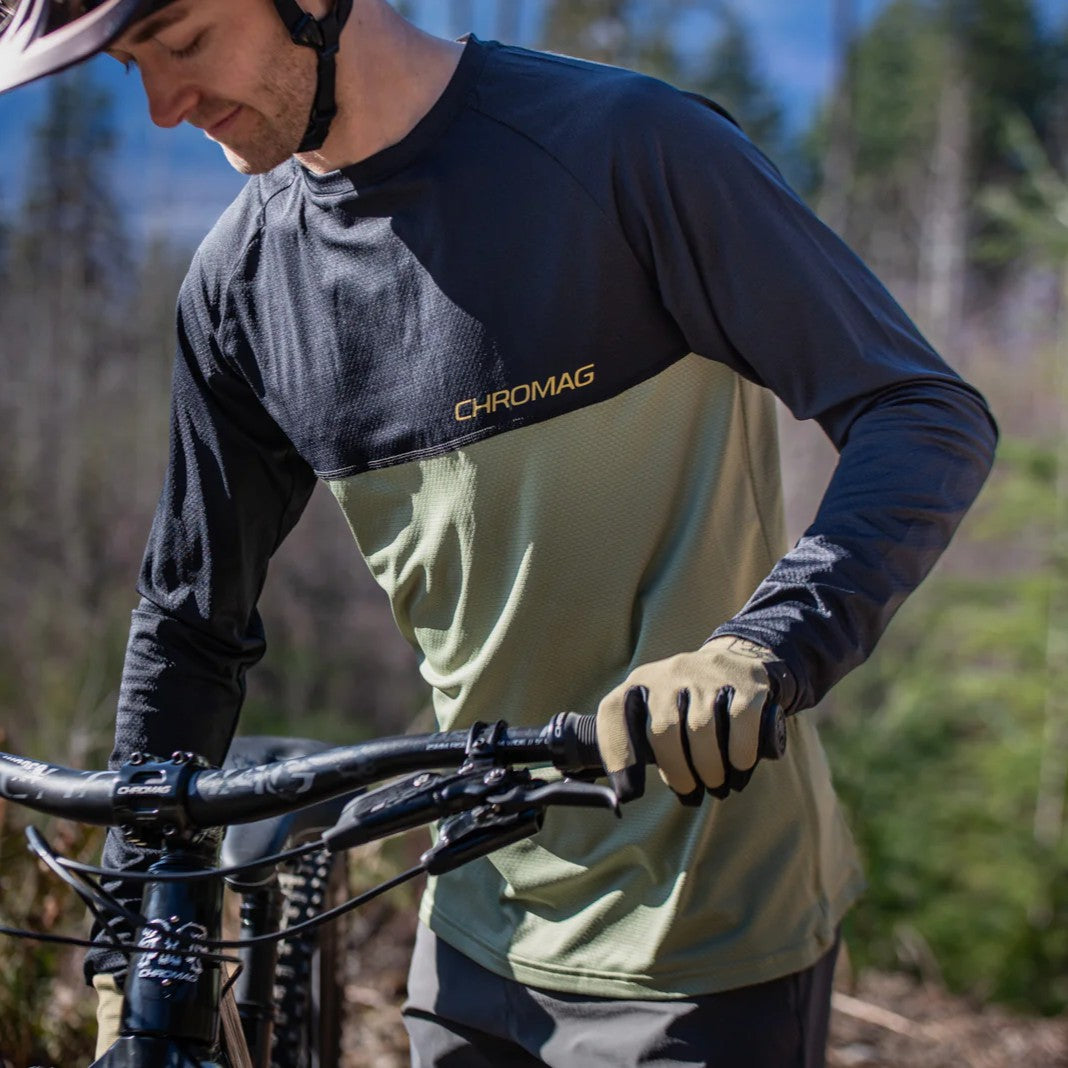
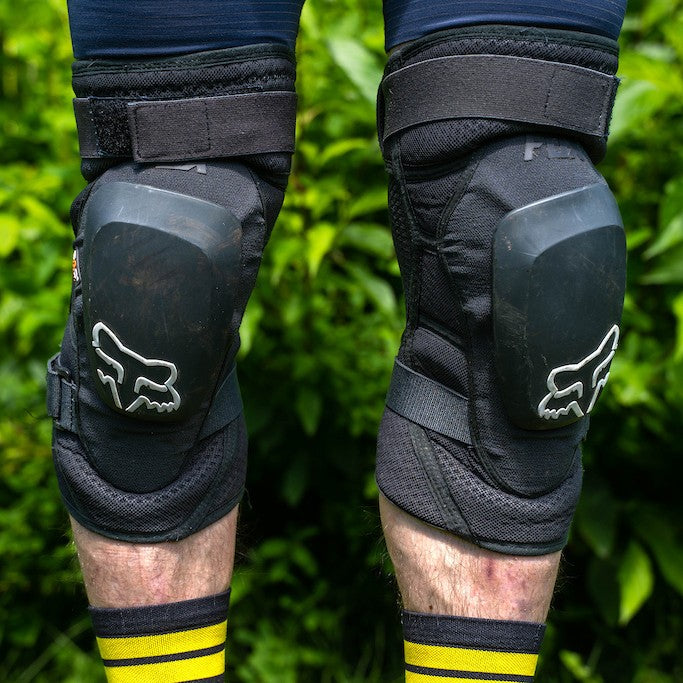


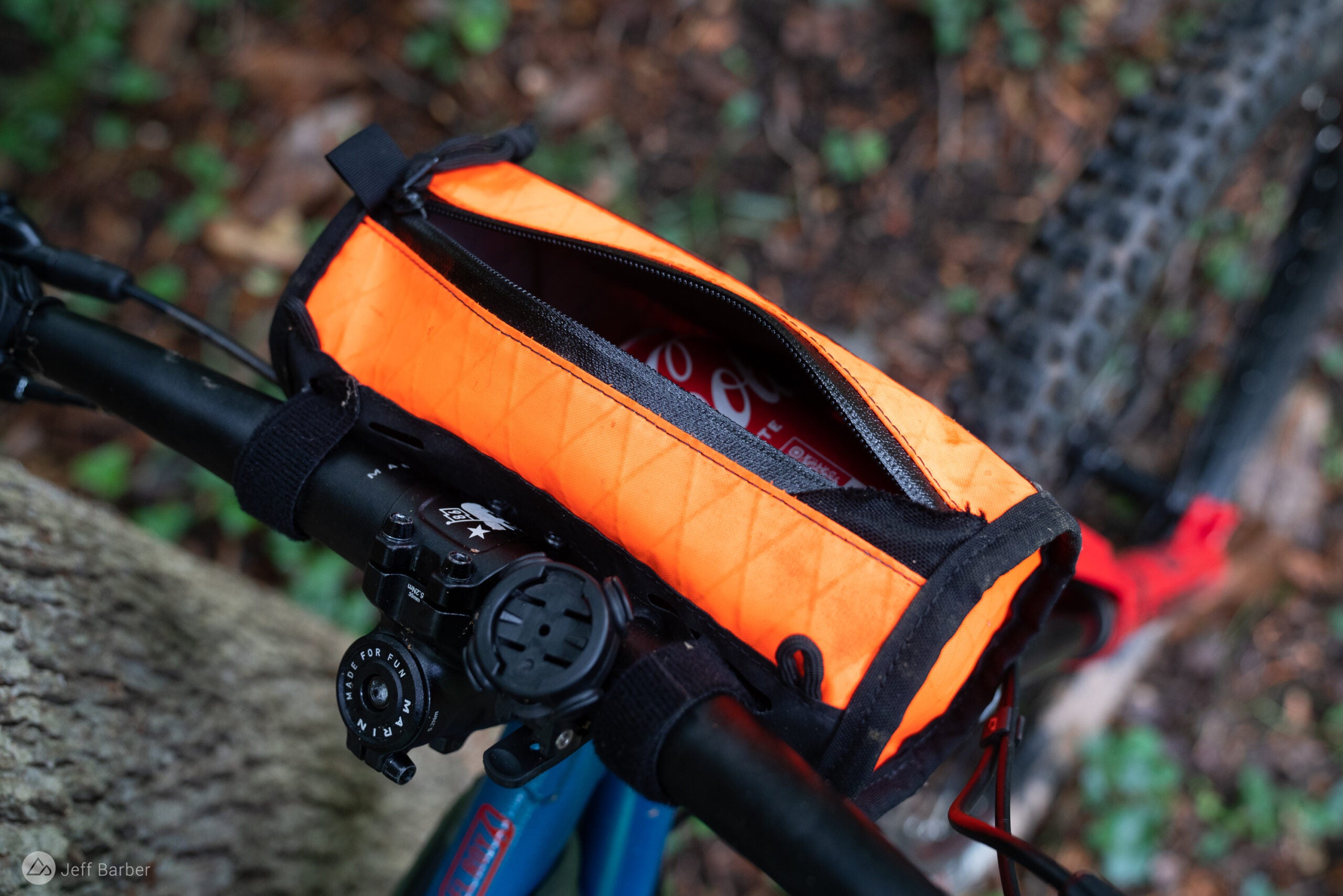
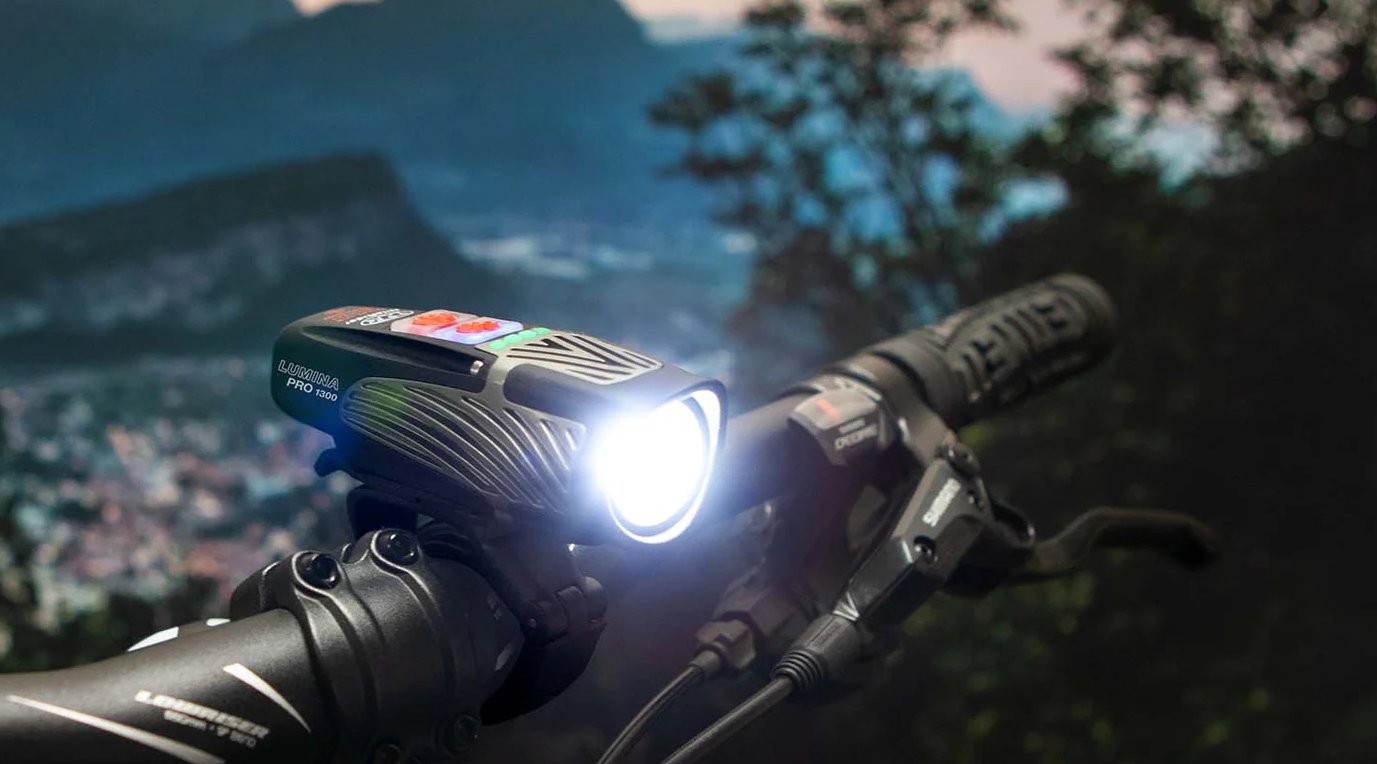
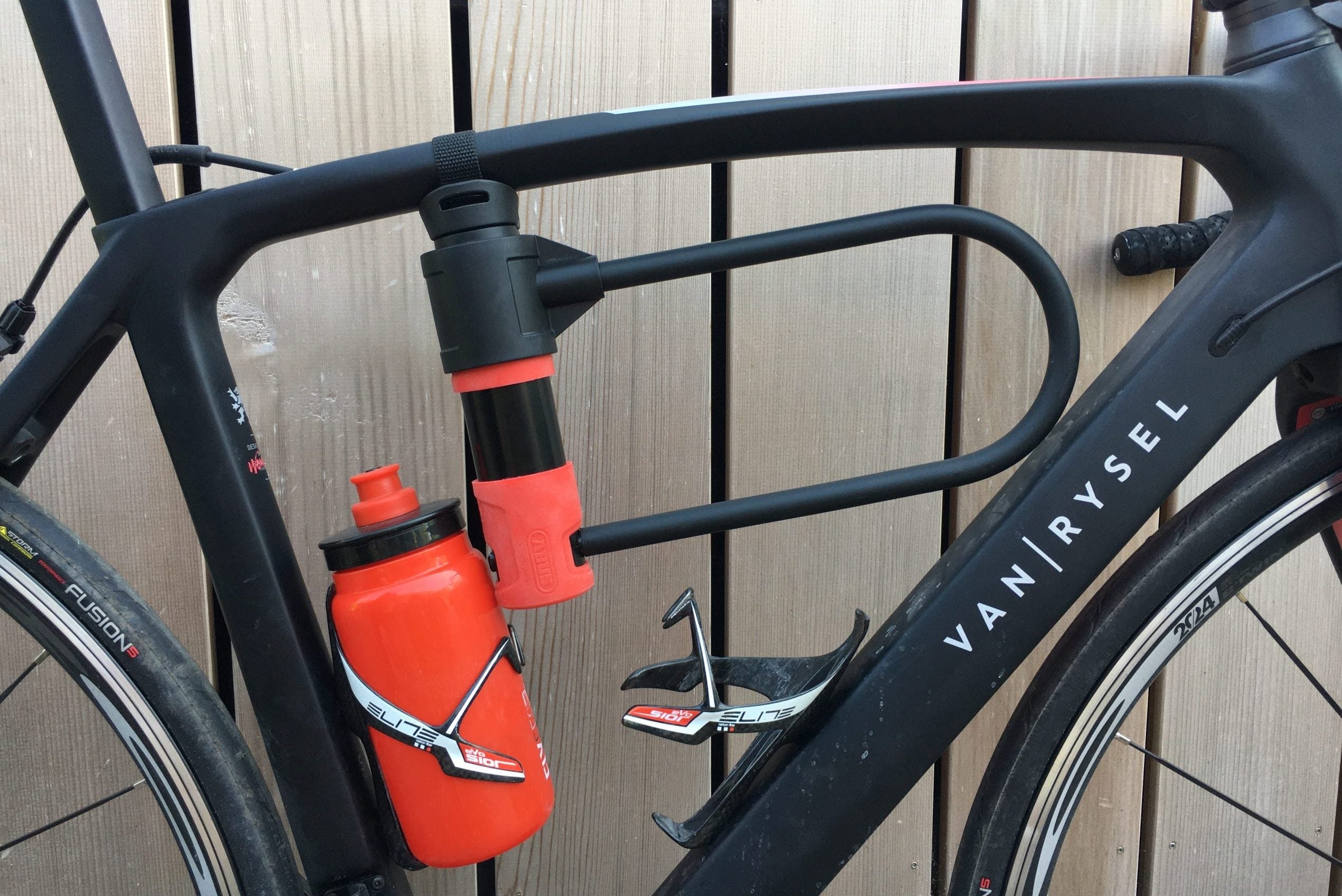
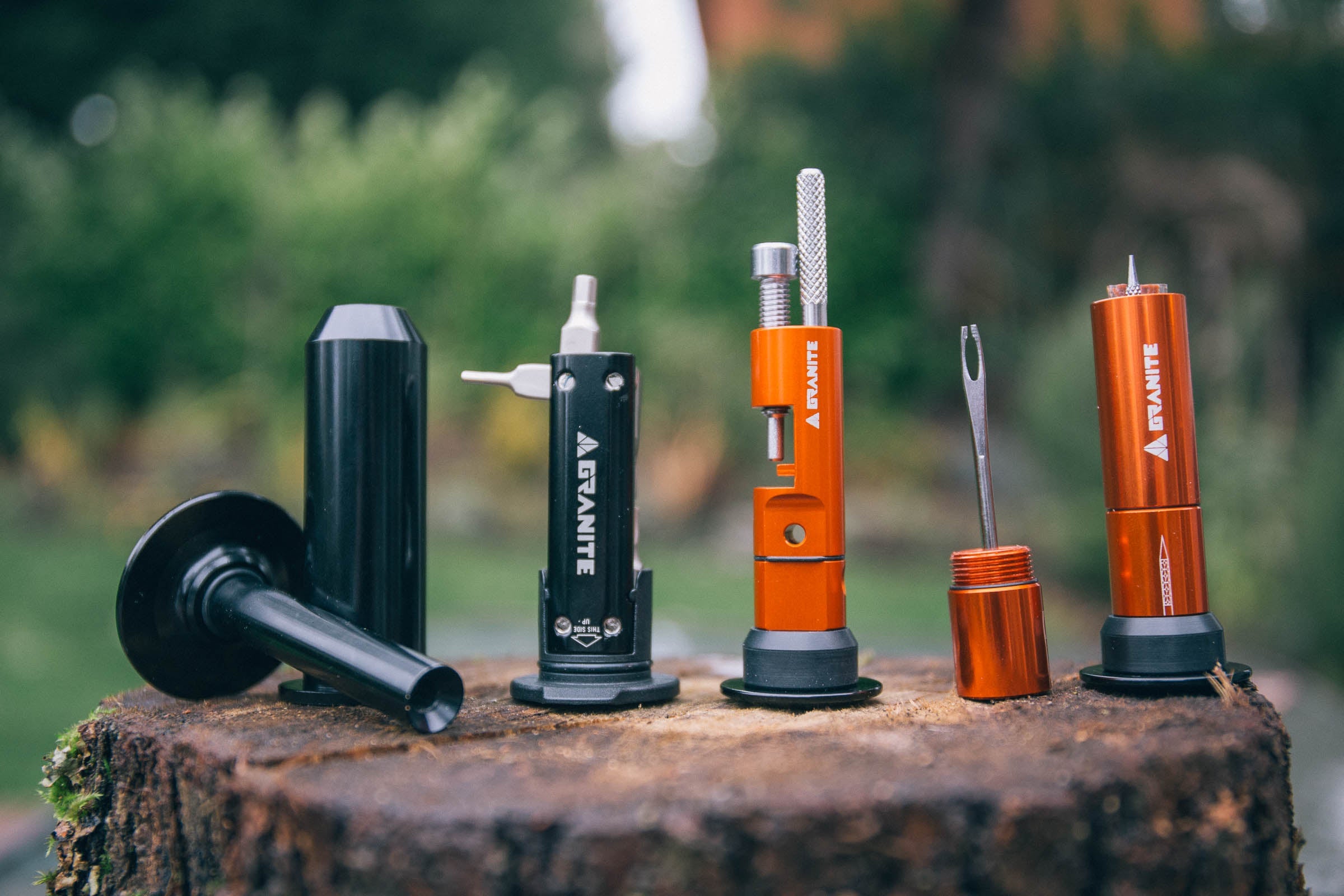

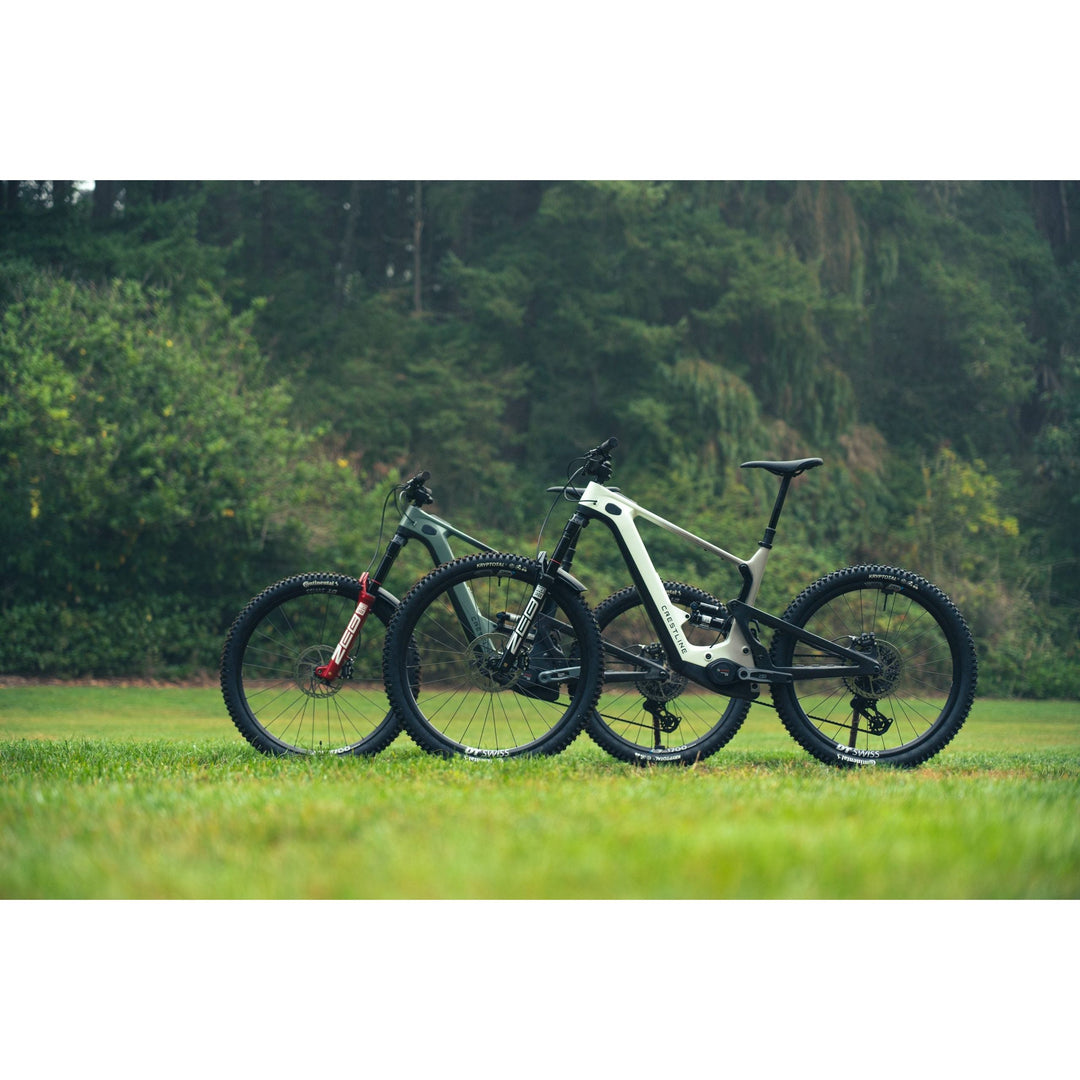
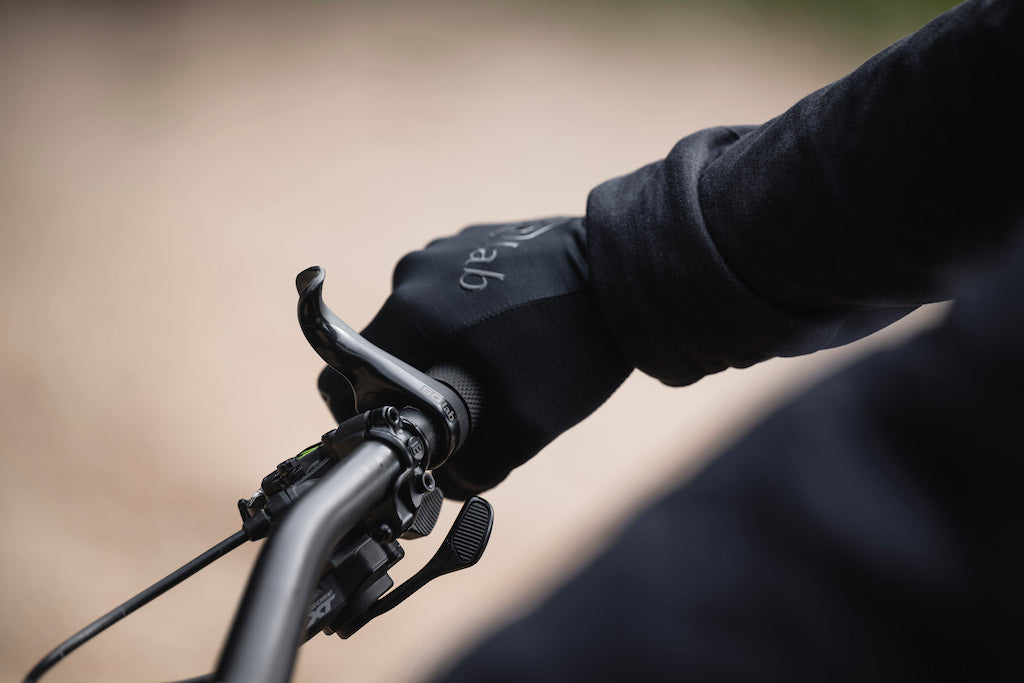
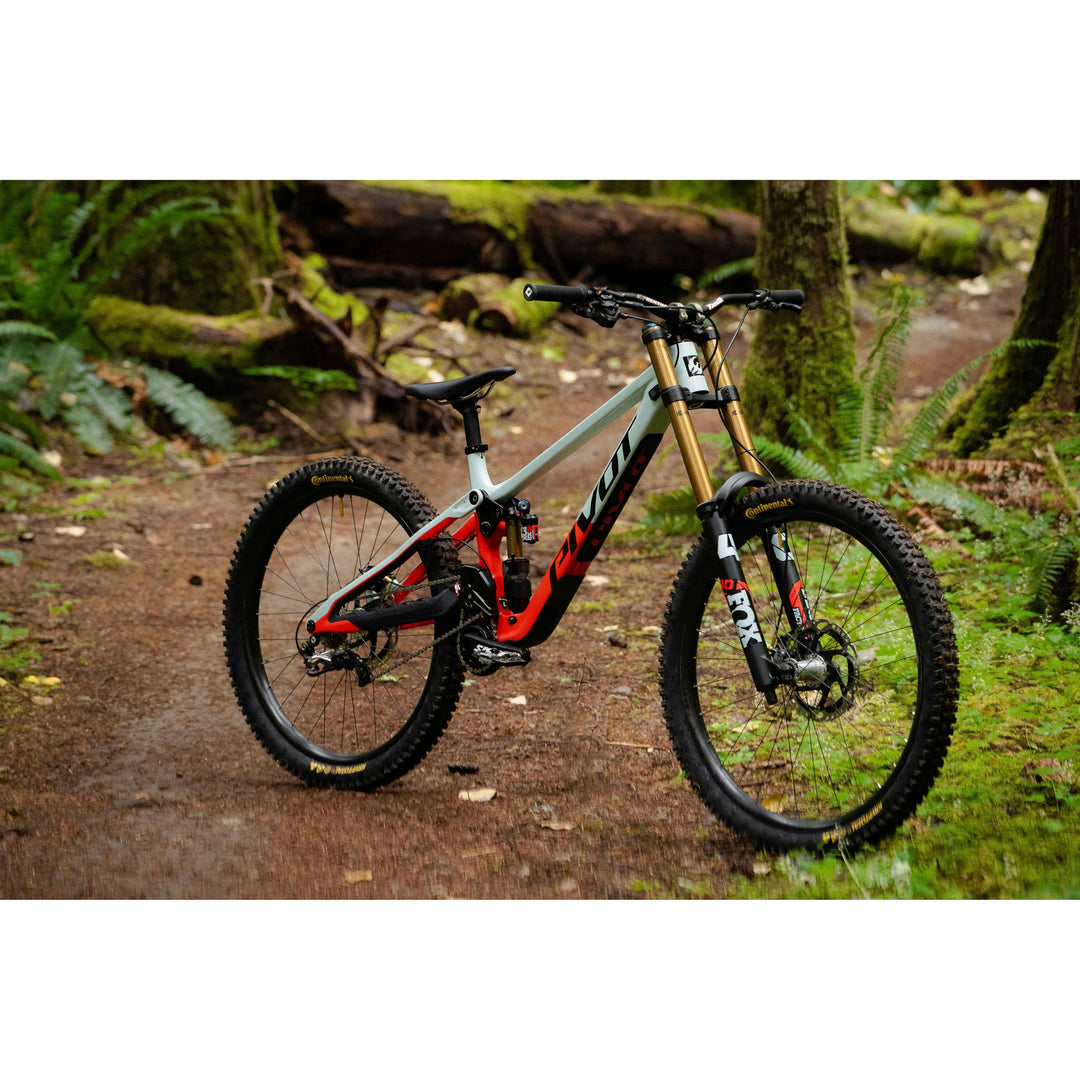
Leave a comment